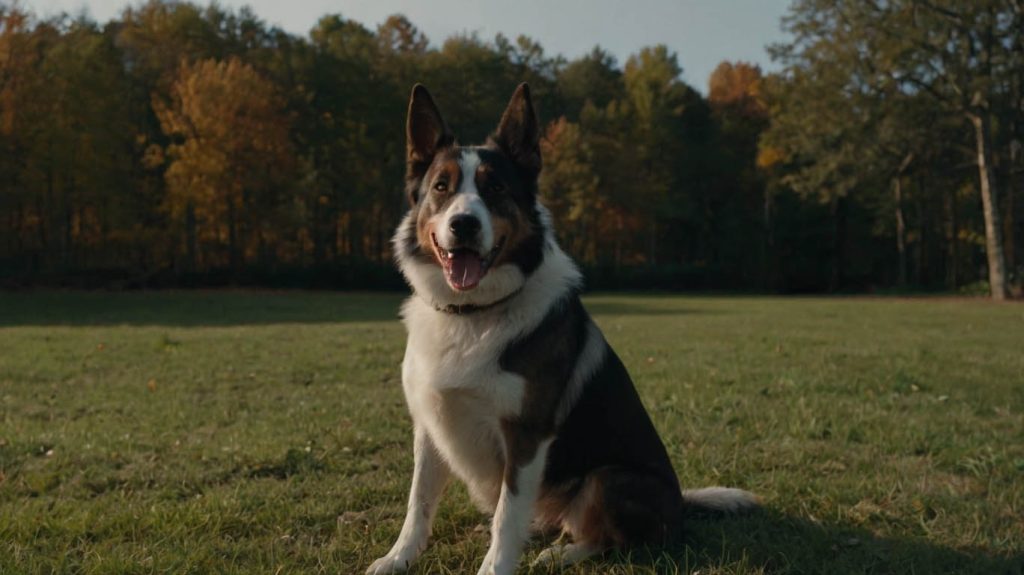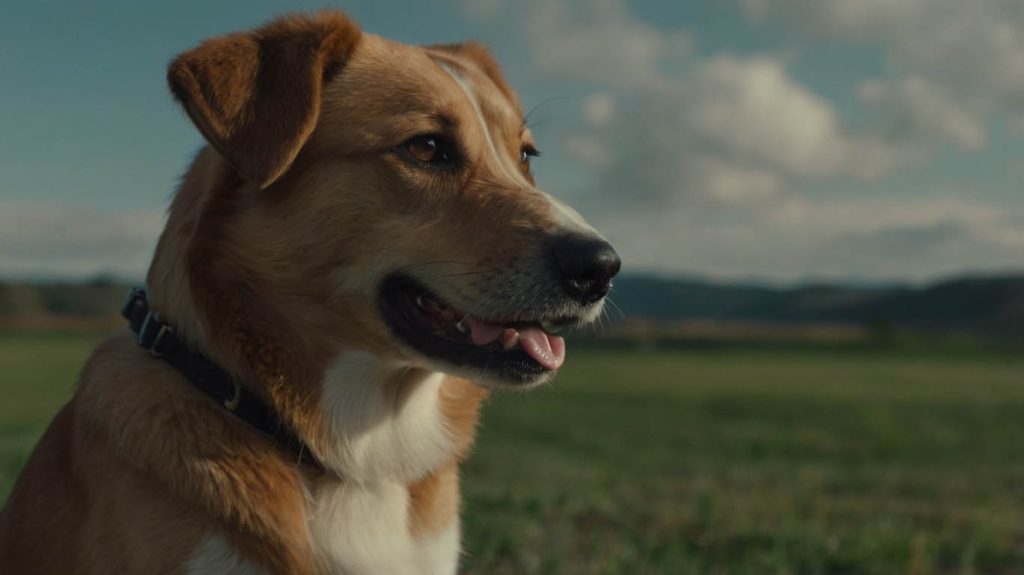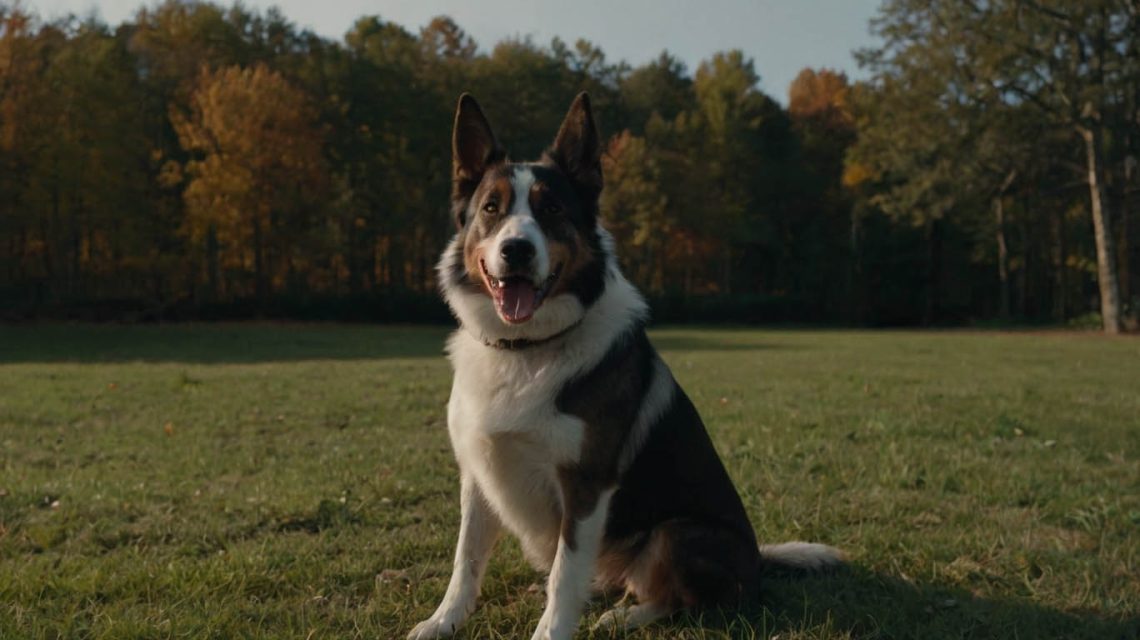Most dog owners think that treats are essential for training. While food can be a powerful motivator, it’s far from the only way to teach obedience. If you’re wondering how to teach a dog to sit without treats, you’re in luck—because this guide will show you how to do it effectively and positively.
Whether you’re avoiding treats due to allergies, a food-sensitive pup, or simply want a deeper bond based on communication and not food, the strategies in this article will help you build solid obedience through play, praise, and touch.
Why Some Owners Skip Treat-Based Training
Training with food isn’t wrong—but it’s not always right for every dog. Here’s why many owners explore how to teach a dog to sit without treats:
- Health reasons like allergies, weight management, or a sensitive stomach
- Overdependence on food, where dogs listen only if they see a snack
- Stronger trust-building, focusing on your connection—not rewards
- A minimalist approach, using praise, energy, and consistency instead
Not only is it possible to skip treats, but for many dogs, it’s often more effective in the long term.

Story of Bella: A Sit Command Without a Single Treat
Bella, a high-energy Australian Shepherd, was more interested in toys than food. Her owner, Megan, struggled with traditional treat-based training. Despite offering every type of snack, Bella remained disinterested.
So, Megan shifted her strategy. She began using a flirt pole, enthusiastic praise, and affection to reinforce the “sit” command. After a few short sessions, Bella was sitting consistently—even at the park—without a single treat.
This success story shows that knowing how to teach a dog to sit without treats isn’t just theory—it’s a practical solution for real dogs.
How to Teach a Dog to Sit Without Treats: Step-by-Step
Let’s explore the most effective, positive way to teach your dog to sit—without ever using food.
Step 1: Use a Clear Hand Signal
Start by choosing a hand motion your dog can associate with the sit command. The most common is moving your hand upward from your side or across your body in an arc.
- Stand in front of your dog
- Use the signal while calmly saying “Sit”
- Pause and wait
This visual cue quickly becomes part of your dog’s training vocabulary, making how to teach a dog to sit without treats simpler and more intuitive.
Step 2: Gently Guide with Leash or Body Movement
If your dog doesn’t sit right away:
- Hold the leash just tight enough to prevent jumping
- Slowly move it upward and back—this naturally encourages the rear to go down
- As the dog starts sitting, add verbal praise
Never forcefully push down your dog’s back. Instead, use natural movement or positioning to guide them into a sit.
Replace Treats with Praise, Touch, and Play
Let’s explore how to motivate your dog without food.
Use Meaningful Praise
- Speak enthusiastically: “Good sit!” or “Yes!”
- Smile and maintain eye contact
- Clap softly or kneel to their level for energy and engagement
Dogs mirror your excitement. If you’re genuinely happy, they’ll respond with attention and repetition.
Incorporate Physical Affection
For many dogs, affection is just as powerful as food.
- Scratch behind the ears
- Gently rub the chest
- Give a quick belly pat
Reinforcing a good “sit” with affection adds emotional value to the behavior.
Play as a Motivator
For dogs that love toys:
- Reward a successful sit with 10 seconds of fetch
- Offer a squeaky toy after sitting
- Use tug games to celebrate focus
This form of reinforcement strengthens focus while supporting how to teach a dog to sit without treats through fun.

When and Where to Practice Sit Without Treats
Location and timing play a major role in success.
Best Places to Practice:
- Quiet indoor spaces like the living room
- Backyard or fenced area
- Low-traffic sidewalk or park path
Start in distraction-free areas, then slowly increase the challenge.
Best Times to Train:
- Before mealtime (if you eventually want to use meals as a reward)
- After a walk when your dog is calmer
- Early mornings when your dog is fresh
Consistent timing helps build muscle memory—key to mastering how to teach a dog to sit without treats effectively.
Training Games to Reinforce “Sit” Without Food
Games keep things fun and reinforce the behavior.
Red Light, Green Light
- Walk with your dog.
- Stop and say “Sit.”
- Move forward again only when they sit.
- Use praise and movement as the reward.
“Ready… Sit… Go!”
- Ask for a sit.
- When successful, release with “Go!” and toss a toy or let them run.
- Builds speed, impulse control, and focus.
Games like these make learning how to teach a dog to sit without treats feel like play instead of work.
Case Study: Charlie the Rescue Learns Sit Without Treats
Charlie, a 4-year-old rescue Beagle, had no training history. His foster mom, Lisa, couldn’t use treats due to Charlie’s sensitive stomach.
Instead, she used leash-guided sits, enthusiastic verbal praise, and chest rubs. Within 10 days, Charlie began sitting reliably when asked—even at the front door, even without food.
This transformation shows that learning how to teach a dog to sit without treats works—even for older or untrained dogs.
Common Mistakes to Avoid
1. Lackluster Praise
If you sound bored, your dog won’t be motivated. Always reward with excitement.
2. Inconsistency in Commands
Use the same word and hand signal every time.
3. Rushing or Repeating the Cue
Say “Sit” once. Give your dog time to respond before repeating or getting frustrated.
4. Expecting Instant Results
Training takes time. Don’t expect perfection on day one.
Avoiding these mistakes makes how to teach a dog to sit without treats smoother and more effective.
FAQs
Can all dogs learn to sit without food rewards?
Yes. Every dog can learn with consistency, patience, and the right non-food motivators.
What if my dog is very distracted?
Start indoors. Slowly increase the level of distraction as your dog improves.
Is praise really enough?
Absolutely. When delivered enthusiastically and paired with affection or play, praise becomes a powerful motivator.
Can I switch from treats to no treats over time?
Yes. Many owners start with food and transition to life rewards like freedom, toys, or affection.
Is this method okay for puppies?
Yes. In fact, starting puppies on non-food rewards can build long-term habits early on.
Conclusion: Sitting Pretty Without the Snacks
Training your dog doesn’t require a pocket full of kibble. Understanding how to teach a dog to sit without treats opens up new ways to connect with your pup based on trust, play, and praise.
Choose one strategy today—whether it’s a hand signal, a tug toy, or your warm voice—and begin reinforcing “sit” in a way that lasts a lifetime. The best reward, after all, is your attention.


